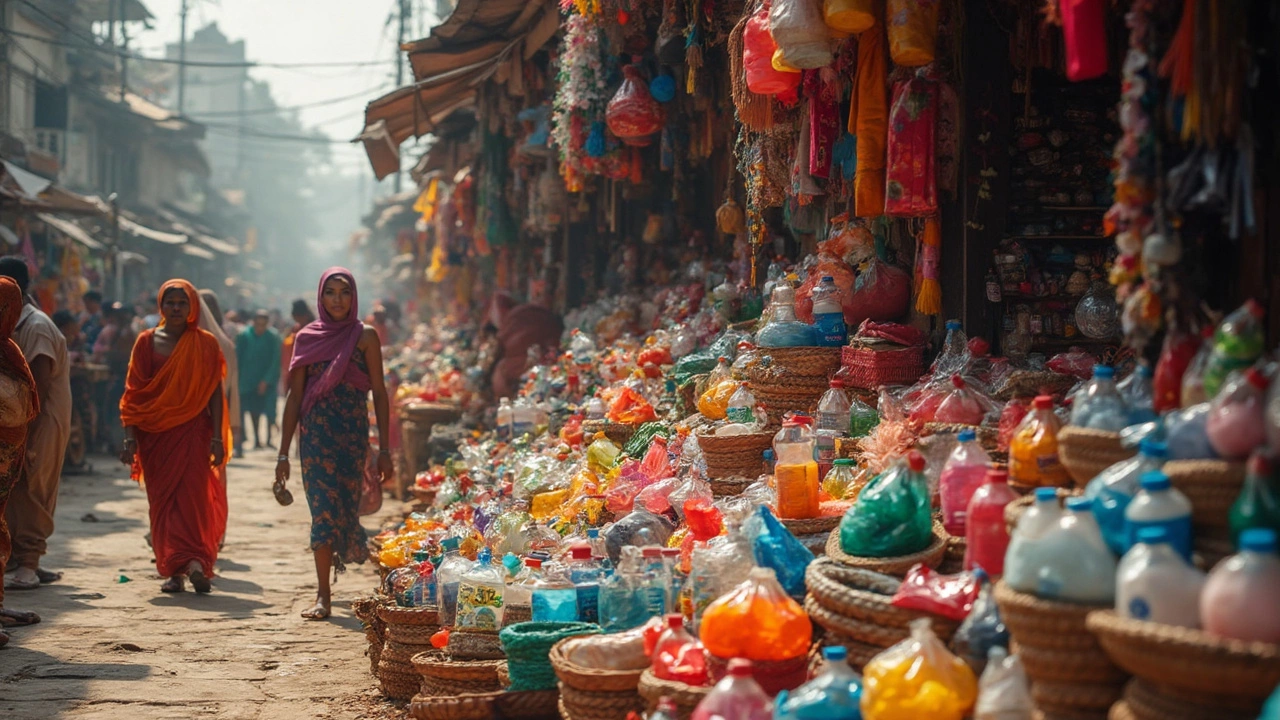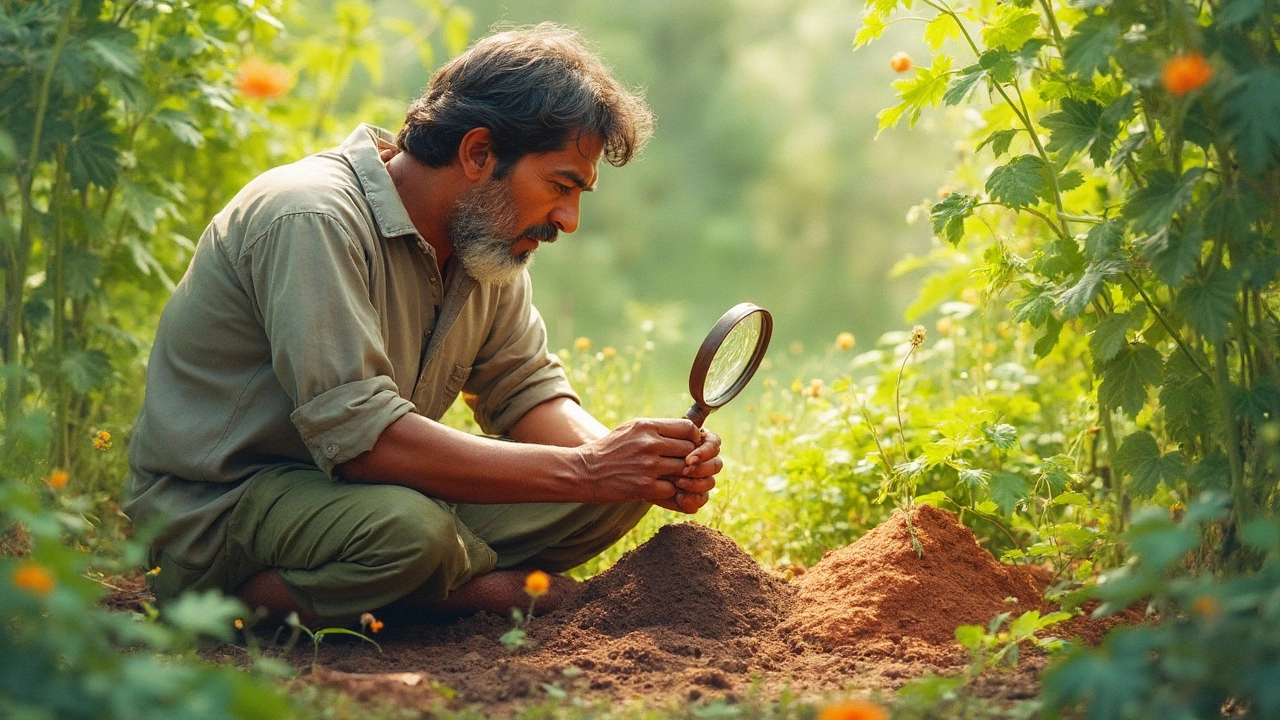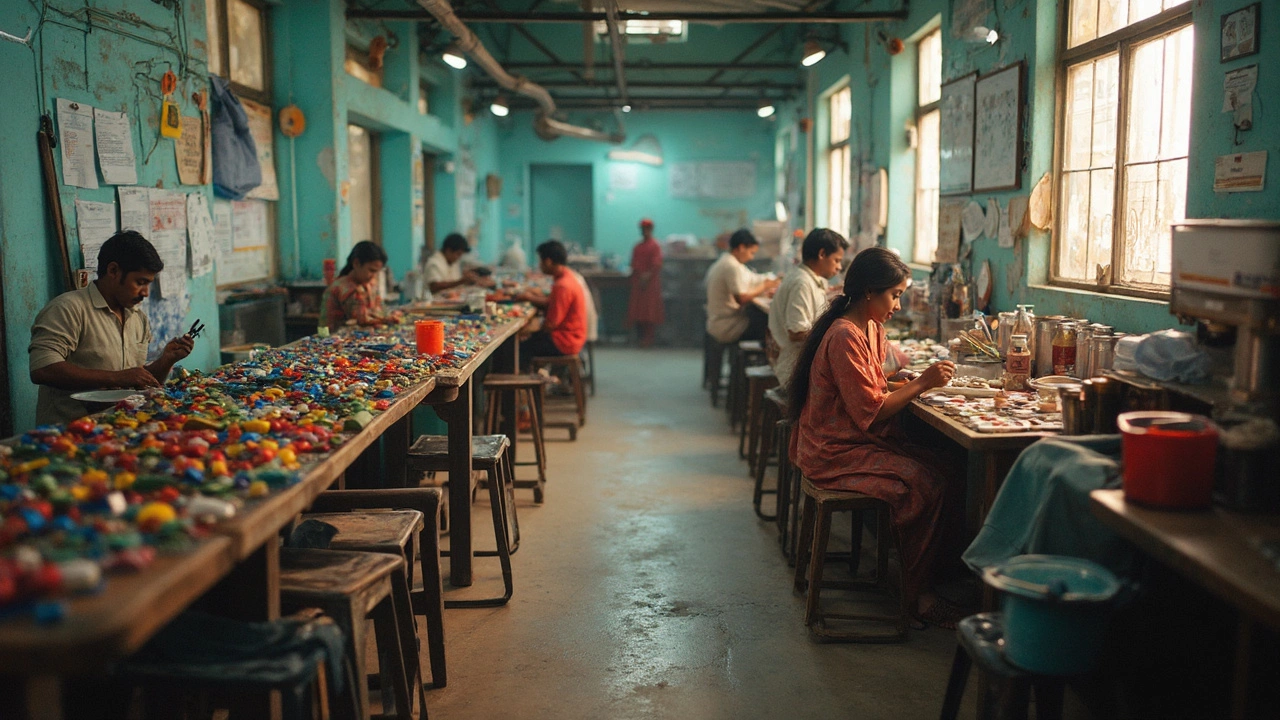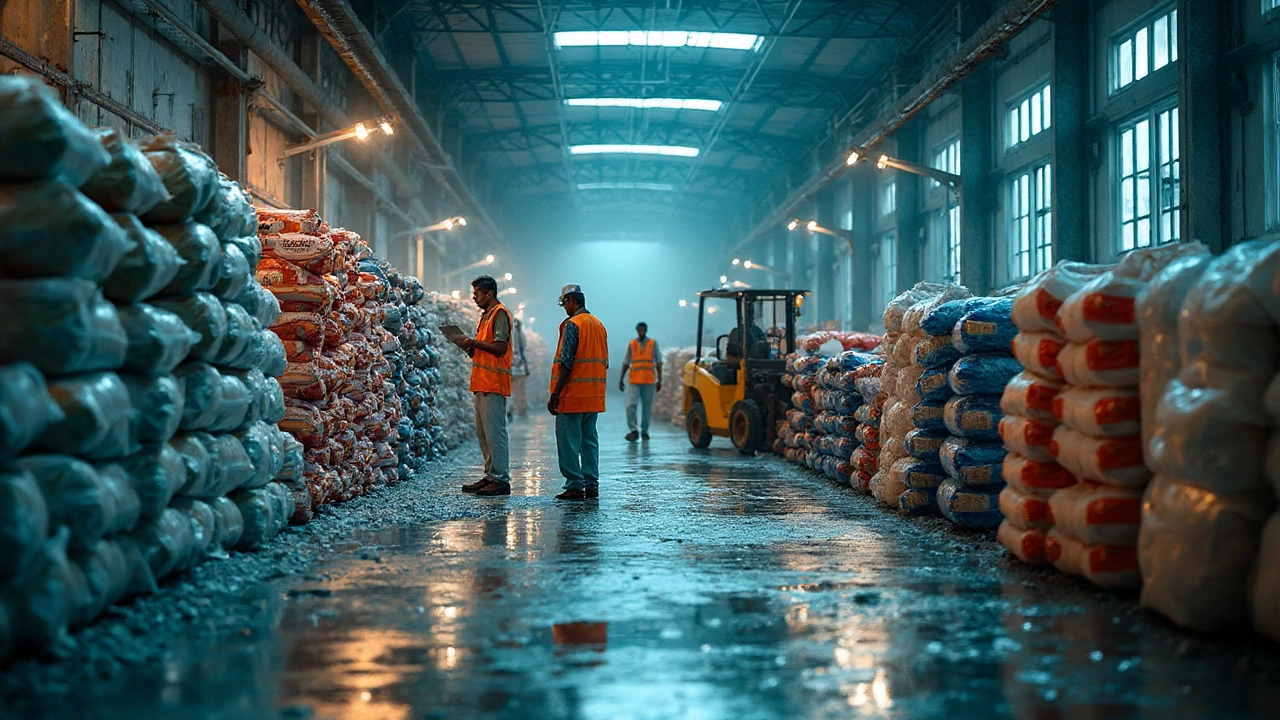Dry Soil: Understanding, Managing, and Growing in Arid Conditions
When working with Dry Soil, soil that holds little water and often feels crumbly or hard, making plant growth a challenge. Also known as arid soil, it dry soil demands special attention to water and structure. A close partner is Soil Moisture, the amount of water retained in the root zone, which directly influences plant vigor. Another key player is Drip Irrigation, a low‑flow watering system that delivers water right to the base of each plant. Finally, Mulch, a protective layer of organic or inorganic material covering the soil surface helps lock in whatever moisture is present. Together, these entities shape how gardeners tackle the dryness dilemma.
Practical ways to fight dryness
Dry soil requires a smart watering schedule; daily drenching, as some container‑garden guides warn, is rarely needed. Instead, test soil moisture with a simple finger probe or a moisture meter – if the top inch feels dry, it’s time to water. Drip irrigation improves water efficiency for dry soil by targeting the root zone and cutting evaporation losses. Pairing drip lines with a timer lets you set a consistent rhythm that matches plant needs without waste. Mulch helps retain moisture in dry soil by shading the surface, reducing temperature swings, and preventing crust formation. Organic mulches like shredded leaves also break down over time, adding organic matter that boosts water‑holding capacity. No‑till gardening promotes soil health in dry conditions because it preserves the soil structure, keeps pores open, and encourages beneficial microbes that improve water retention. When you combine no‑till with mulch, you create a double layer of protection that slows drying. For container gardeners, using a well‑draining mix with added peat or coco coir can increase the medium’s ability to hold onto moisture without becoming soggy. Adding a layer of coarse sand or perlite further improves aeration, allowing roots to access both air and water. Seasonal timing matters too. Planting during the cooler months or choosing drought‑tolerant varieties reduces water demand. In India’s diverse climate, the best planting season varies by region, but most experts agree that the monsoon‑adjacent months give dry soil a natural boost, letting rain do part of the work. By scheduling sowing before the first rains, seedlings benefit from natural moisture while the soil still needs minimal supplemental watering. Overall, the relationship between dry soil, soil moisture, drip irrigation, mulch, and no‑till forms a practical toolkit. Use a moisture test to decide when to activate your drip system, cover the beds with mulch, and avoid tilling to keep the soil’s structure intact. These steps cut water use, improve plant health, and make gardening in arid spots feel doable.
Below, you’ll find a curated set of articles that dive deeper into each of these tactics – from daily watering myths in containers to step‑by‑step drip installation, mulch selection, and no‑till basics. Whether you’re a beginner looking for easy wins or a seasoned grower fine‑tuning your water plan, the posts ahead will give you concrete advice to turn dry soil into thriving ground.
How to Rehydrate Garden Soil: Easy Ways to Fix Dry, Hard Soil Fast
Got bone-dry soil? Learn practical, proven ways to rehydrate your garden soil, keep moisture locked in, and revive struggling plants quickly.
- manufacturing
- India
- food processing
- garden tips
- rice cultivation
- government schemes
- balcony garden
- urban gardening
- balcony gardening
- profitable business
- business ideas
- plastic manufacturing
- drip irrigation
- plant care
- steel manufacturing
- sustainable gardening
- startup ideas
- steel industry
- flower gardening
- textile manufacturers






